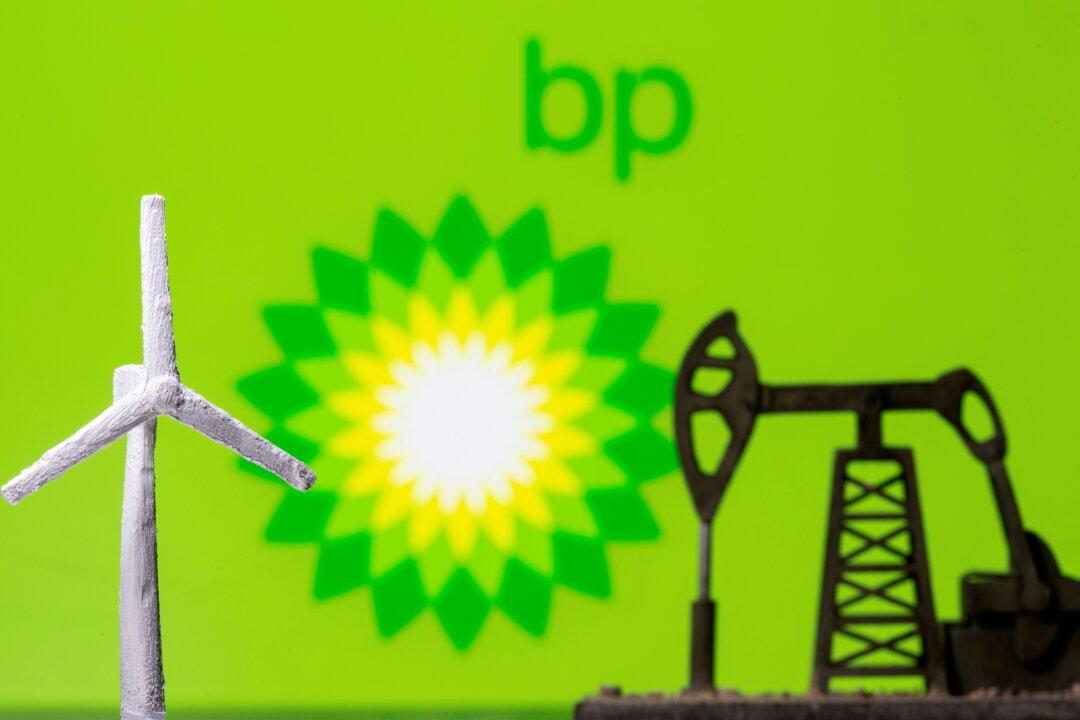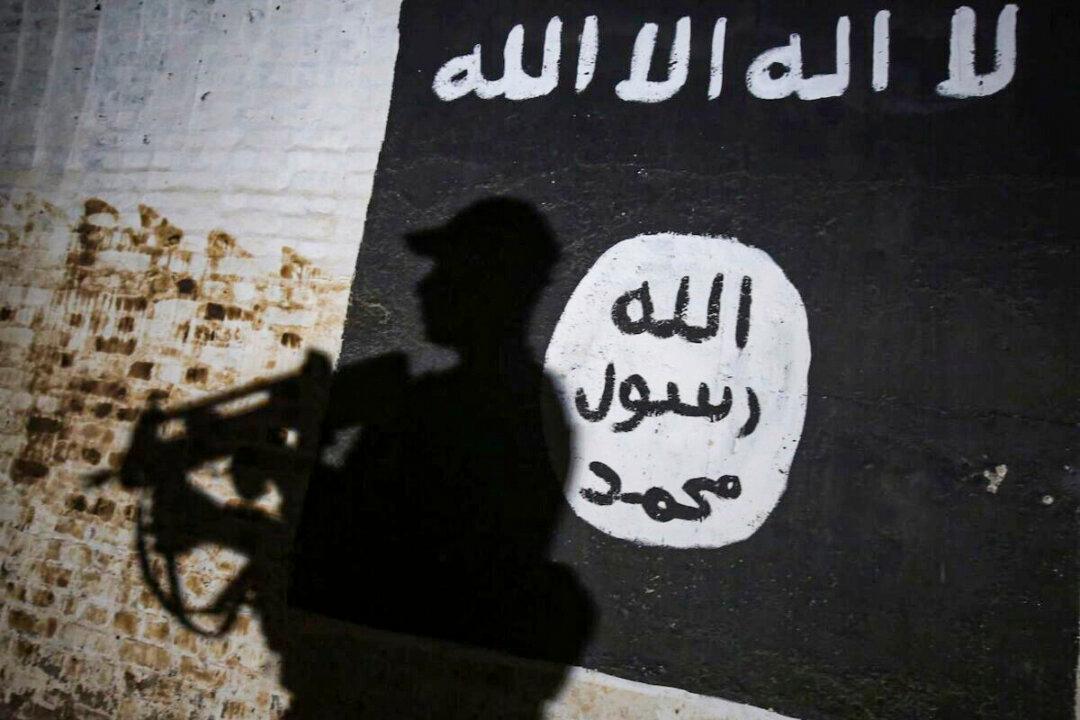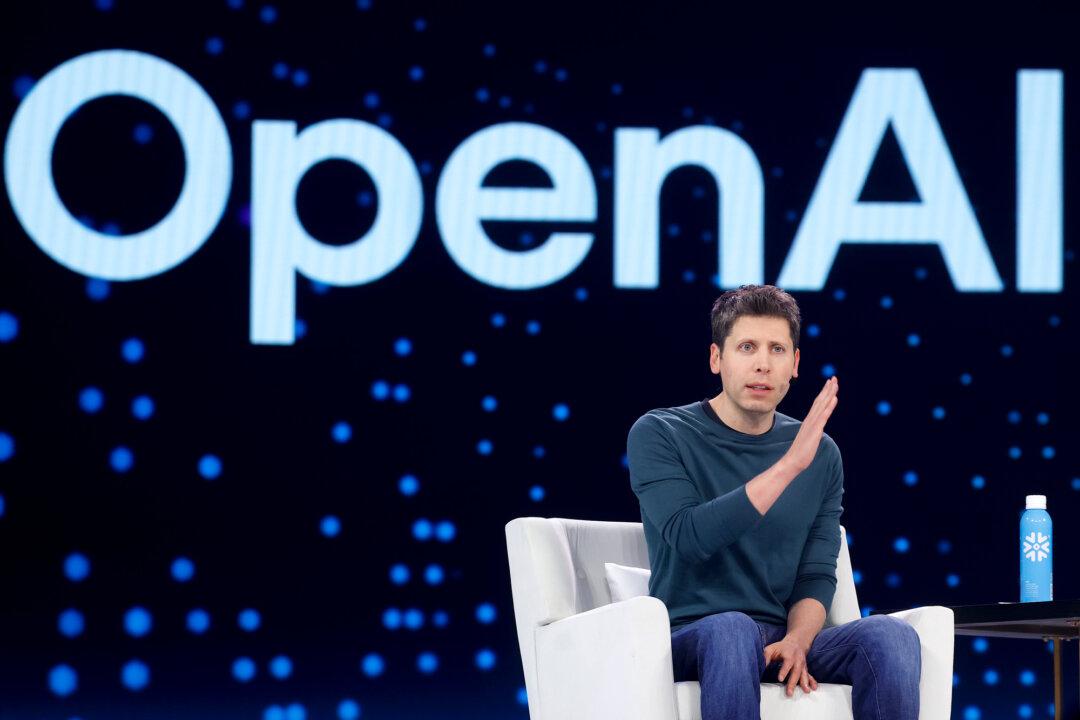Oil giant BP has reported a jump in its most recent quarterly profits amidst rising energy prices. The company also issued an update of its strategic transformation plan for the future.
BP announced $4.1 billion in underlying replacement cost profit for Q4 2021 in a Feb. 8 press release. Compared to Q3’s profit of $3.3 billion, profits in the last quarter surged by 24 percent. Higher profits were the result of greater gas and oil realizations as well as increased upstream production volumes and stronger refining commercial optimization. Shareholders will receive a dividend of 5.46 cents per ordinary share in March 2022.





